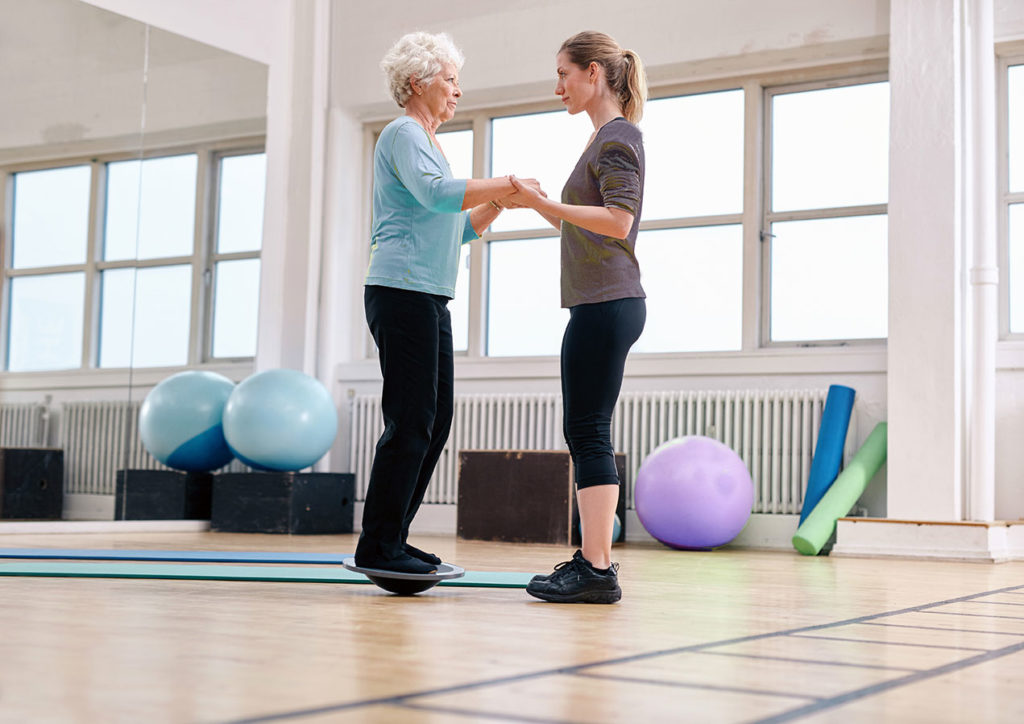
Fall Prevention Training for Seniors
It appears there is a growing need for seniors to engage in fall prevention. A recent report found a significant increase in falls from 1998 to 2010.
Researchers looked at data from the Health and Retirement Study, which is an interview-based report. Among individuals aged 65 and older, the percentage who had experienced at least one fall in the 2 years prior to the interview rose from 28.2% to 36.3%—a relative increase of close to 30%. The researchers were surprised to learn that the increase was most marked among the younger people studied (those closer to 65).
This report was published in JAMA Internal Medicine (2015; doi:10.1001/jamainternmed.2014.7533).
Do you want to help safeguard senior clients against falls? Check out this tip roundup from knowledgeable professionals:
- Work with them where they live. “If someone falls and
breaks a hip or is prone to falling often, they will be placed in a safer environment and typically go downhill from there. They must be able to perform their normal routine safely. They need to be able to sit on the toilet and get back up, go up and down stairs, walk around their home without falling or running into something, walk from point A to point B while carrying a cup of tea, etc. Working with them in their home environment can be very helpful so that you can see what they need to be able to do for most of their waking hours.”
—Carrie Myers, owner, CarrieMichele Fitness Landaff Center, New Hampshire - Build from the ground up. “I generally have patients and clients focus on their feet in standing positions. I then give them weight-shifting exercises similar to tai chi. During the exercises, I have them focus on how their feet feel as they interact with the ground.”
—Ryan Crandall, founder, 3D Yoga Albuquerque, New Mexico - Focus on the positive. “Small steps are worth celebrating! However, if you see that your client is struggling with balance work, change the exercise to one that provides more stability, instead of pushing her to failure. Although your goal is to help her progress physically, you also want her to feel good about herself. Choose positive language, such as, ‘It is normal to have one leg more stable than another,’ versus, ‘It is normal to be unstable on one leg.’”
—Kristen Horler, founder, Kärna Fitness® Sarasota, Florida - Practice for falls. “I have clients pretend to trip and then catch themselves. We do a variety of exercises to accomplish this. I try to move them in all directions, and I make up many different scenarios. Favorite exercise? I tell participants that they are in the center of a clock. I then say a time and they have to step or jump to that time, hold 1–2 seconds, and then step or jump back to center.”
—Dana Hillstrom, group exercise director, YMCA La Jolla, California